General Landscape Uses: Accent shrub or small tree. Buffer plantings.
Ecological Restoration Notes: A relatively common understory or sub-canopy element in hammocks.
Description: Tall upright shrub or small tree with a small trunk and branches. Bark pale grayish to whitish, smooth. Leaves leathery, dull dark green above; leaf stem reddish.
Dimensions: Typically 10-20 feet in height; to 28 feet in South Florida. Taller than broad.
Growth Rate: Moderate to slow.
Range: Monroe County Keys north to Volusia, Hendry and Levy counties, mostly along the coast; Bermuda, West Indies, Mexico and Central America. For a digitized image of Elbert Little’s Florida range map, visit the Exploring Florida website.
Habitats: Hammocks.
Soils: Moist, well-drained sandy or limestone soils, with humusy top layer.
Nutritional Requirements: Moderate to high; grows best with some organic content and may languish in nutrient poor soils.
Salt Water Tolerance: Moderately low; does not tolerate long-term flooding by salt or brackish water, but tolerates short term inunation by salt water from storm surge with minimal damage.
Salt Wind Tolerance: Moderate; grows near salt water, but is protected from direct salt spray by other vegetation.
Drought Tolerance: Moderate; generally requires moist soils, but tolerant of short periods of drought once established.
Light Requirements: Light shade to full sun.
Flower Color: White.
Flower Characteristics: Semi-showy.
Flowering Season: All year; peak spring-summer.
Fruit: Black or reddish berry. Edible.
Wildlife and Ecology: Provides significant food and cover for wildlife. Attracts bee and moth pollinators, including the tantalus sphinx (Aellopos tantalus) moth. Birds eat the fruits.
Horticultural Notes: Can be grown from de-pulped seed. Place in light shade. Germination usually occurs within 1 month.
References: Schaefer & Tanner 1997
Comments: The pinkish new growth is very attractive. Some say white stopper has a “skunky” odor, although many can not detect the smell. See also the Florida Wildflower Foundation’s Flower Friday page.

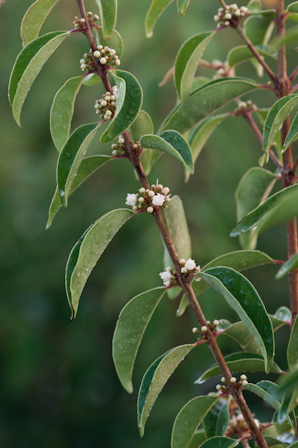
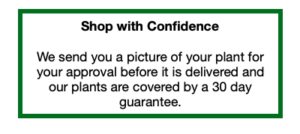
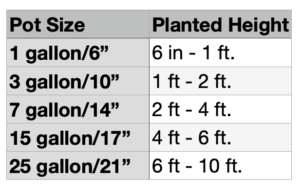
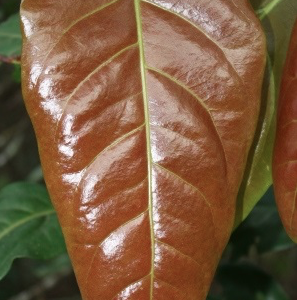
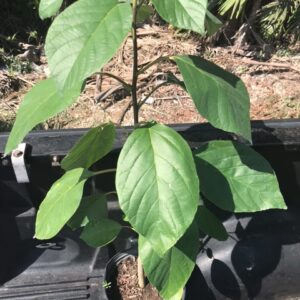
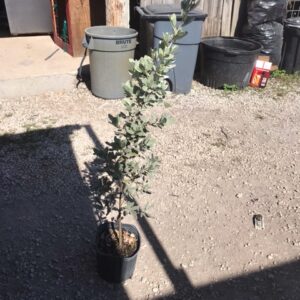
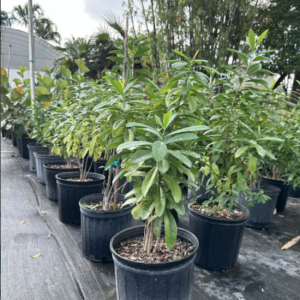
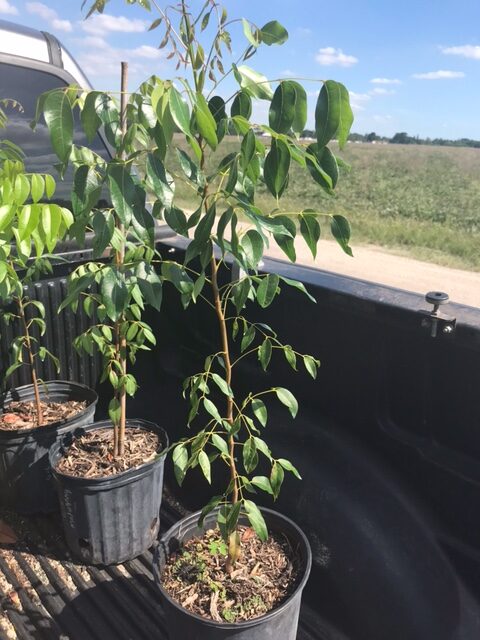
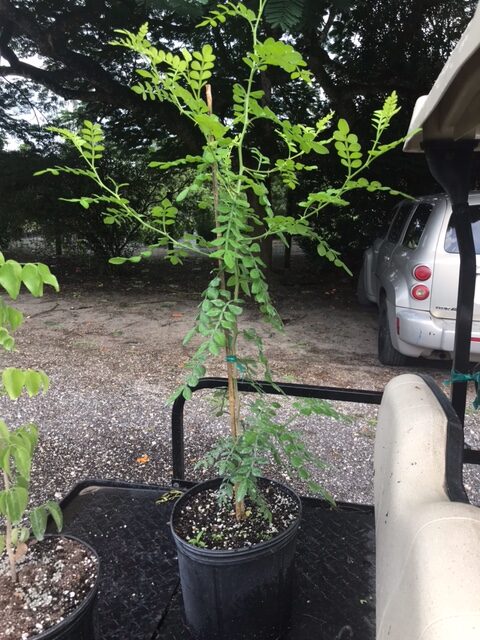
Reviews
There are no reviews yet.